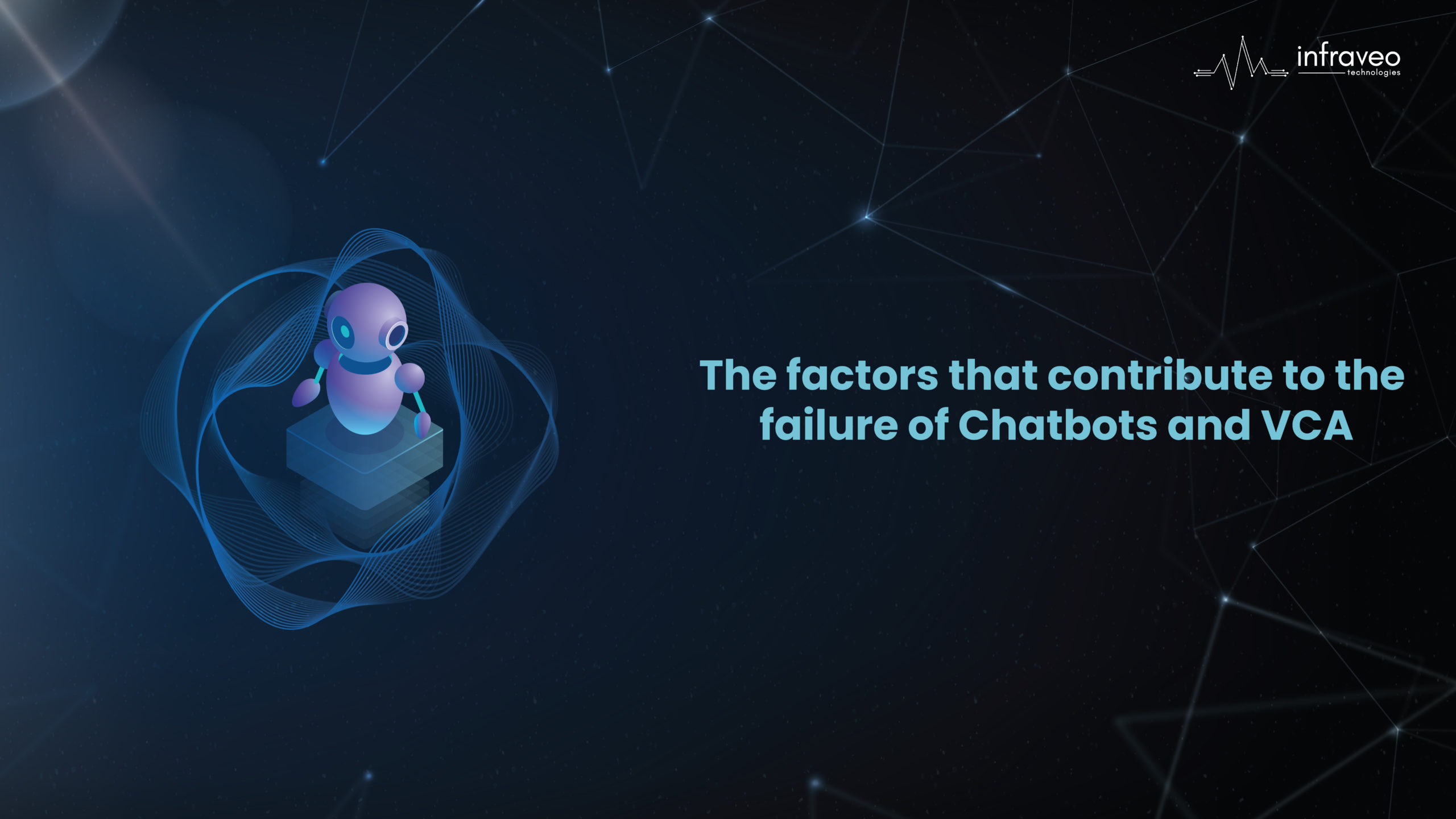Introduction
So why do chatbots and VCAs fail? There are many factors to consider when implementing a bot or VCA, such as the complexity of your solution and development resources, and user experience. While it’s not easy to be caught out and have a bad experience with your bot or VCA; it’s not always clear why things go wrong either! This guide will help you understand what makes up a successful chatbot or VCA implementation and highlight some of the most common reasons chatbots fall short when compared to their human counterparts.
Complexity: Over-Promising and Under-Delivering
Don’t let your chatbot fail because you failed to make the right tradeoff at the outset of the development process. Don’t integrate a live chat system if you decide at the end of your project cycle that it’s necessary.
A recent Gartner survey found that only 10% of service leaders have no plans to deploy a chatbot or voice-activated agent over the next 12 months. Since conversational AI is growing in popularity, it’s important for everyone to understand the necessary considerations for deploying these technologies.
The best chatbot projects have a tight budget and an accelerated time-to-market. While consumers may find some rudimentary systems brimming with personality, most enterprise applications optimize for better service automation, where reducing the client interaction burden through a conversational system is the goal.
Increasingly, businesses are shifting to chatbots and VCAs for new applications, as these tools allow for higher functionality in a cost-effective manner. At the lower end of the cost scale, chatbots and VCAs can be utilized as internal communications platforms; at the higher end, business outputs such as invoices and sales reports can be automated using them.
The greatest of all chatbot and VCA platforms deliver professional, personalized service to customers. Complexity drives these costs into the millions, but they are well worth it. One to two years may be needed for this type of desk to shine.
Selecting Use Cases for Chatbots & VCAs

While implementing a chatbot may seem like an easy way to save time and money, expecting them to do too much can result in unclear paths to resolution, and poor customer experiences. It is crucial to identify and select your use cases before determining the technology requirements for deploying chatbots.
When developing a use case for deploying our bots, it is important to be deliberate and consider a variety of factors to improve the chances of implementation success. These include:
- The channel of deployment (such as phone, webchat, mobile, omnichannel, or social media),
- The target customer segment,
- The service or task being provided,
- The desired ROI, whether it be hard ROI (e.g., contact completion rates) or soft ROI (e.g., empathy, stress, satisfaction, or perceived value).”
A Chatbot is an automated conversational agent that interacts with real humans. With the increasing reliance on automation, machine learning, and AI, it is no longer possible for humans to support all business processes and their various constituent parts. A Chatbot changes all this.
To Sum Up
Chatbots and other virtual assistants have a long way to go before they live up to all their hype. Customers, then, shouldn’t expect them to replace humans. But the future is bright. With many innovations in artificial intelligence being worked on, we might see a lot more from bots in the coming years. The important thing is to understand what these technologies are and what we should expect from them as customers so that VCAs and bots can meet our expectations.




